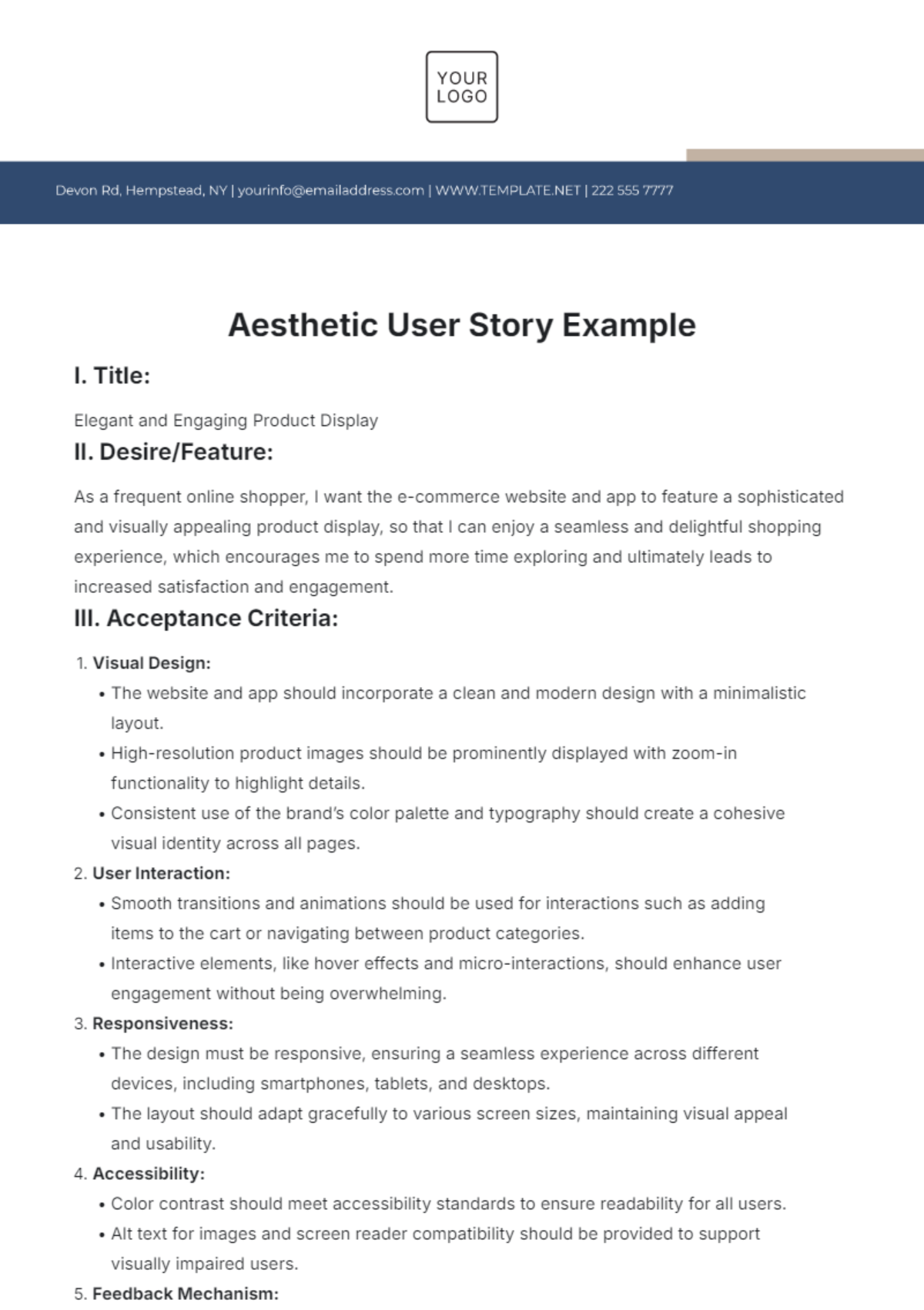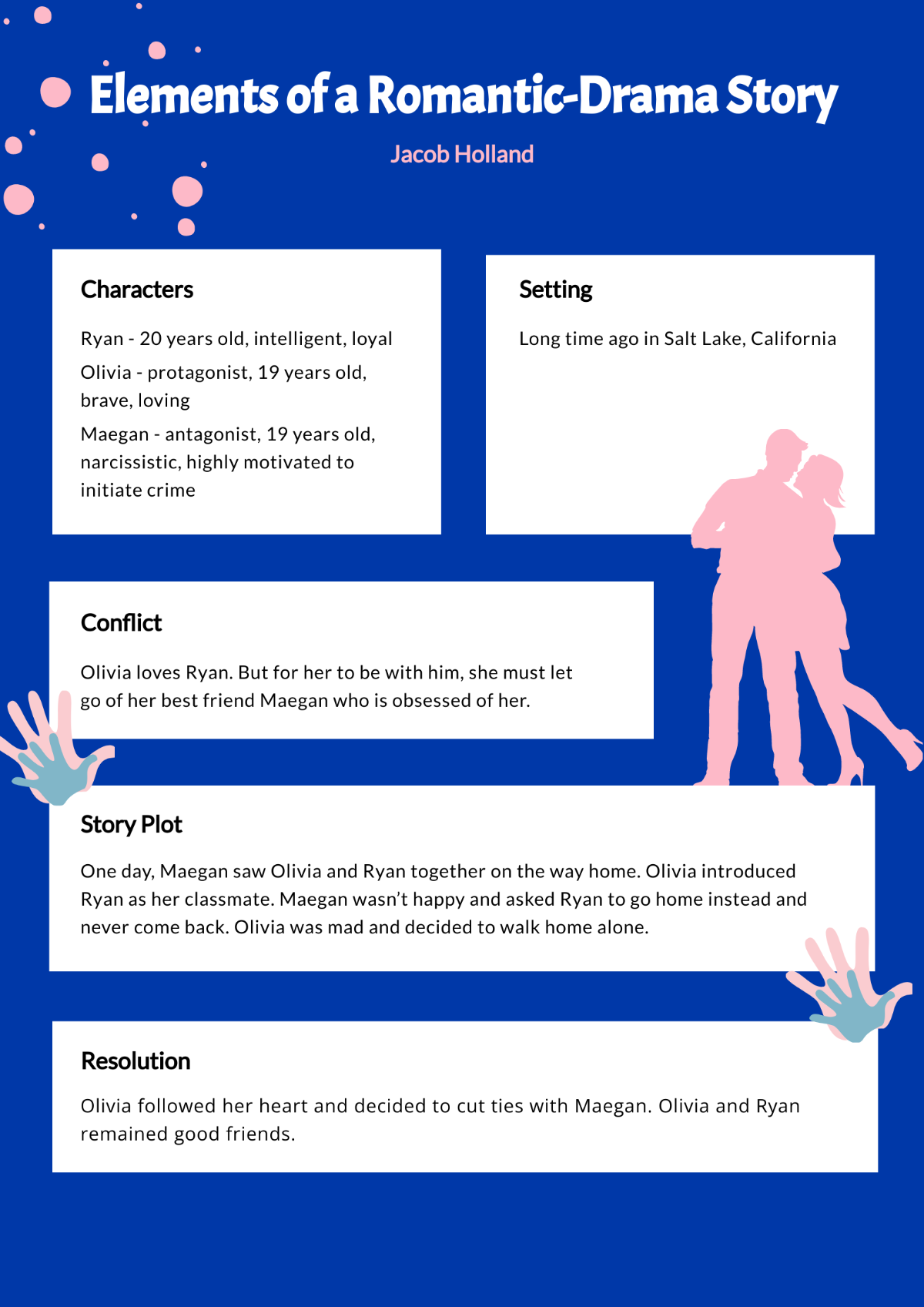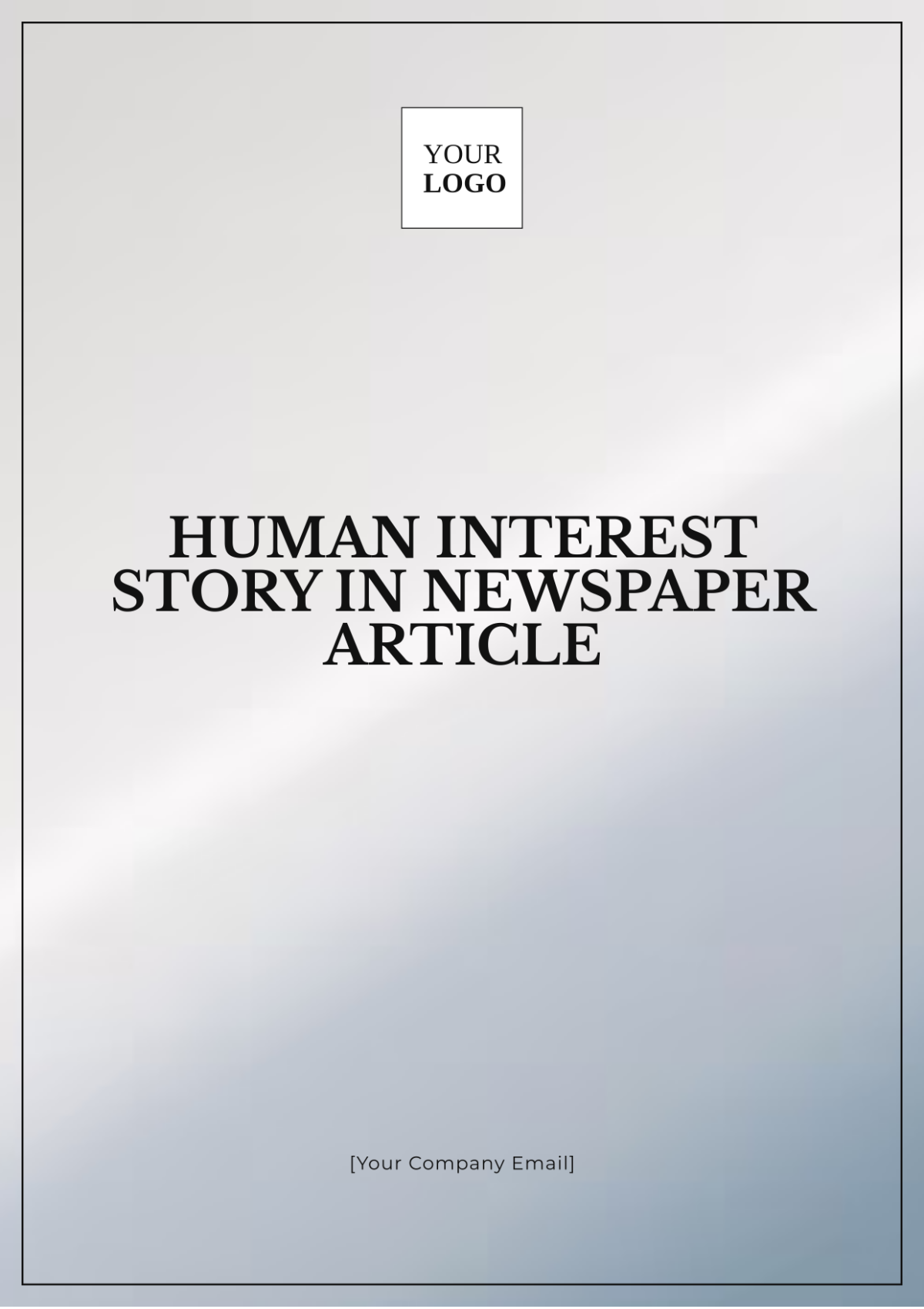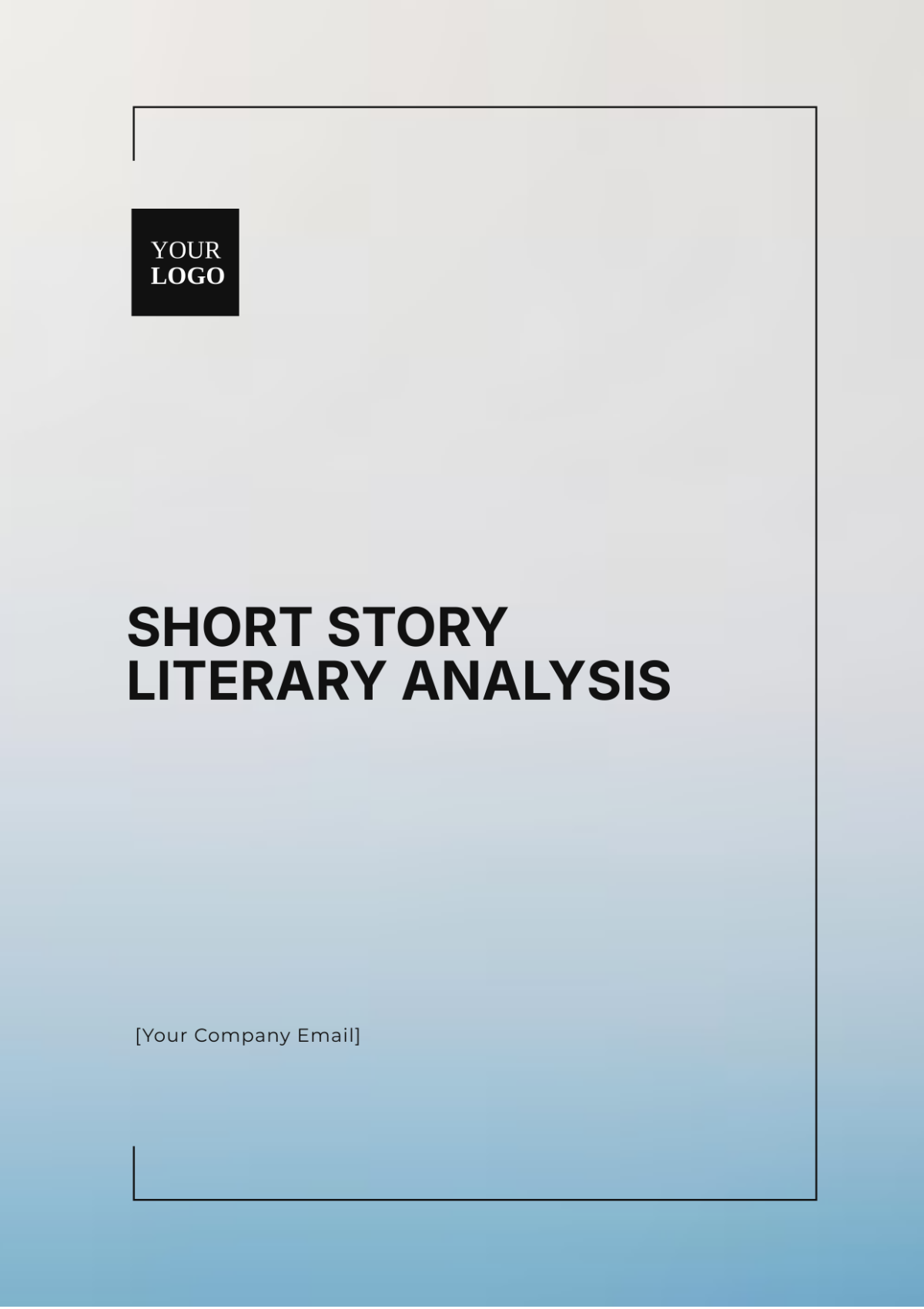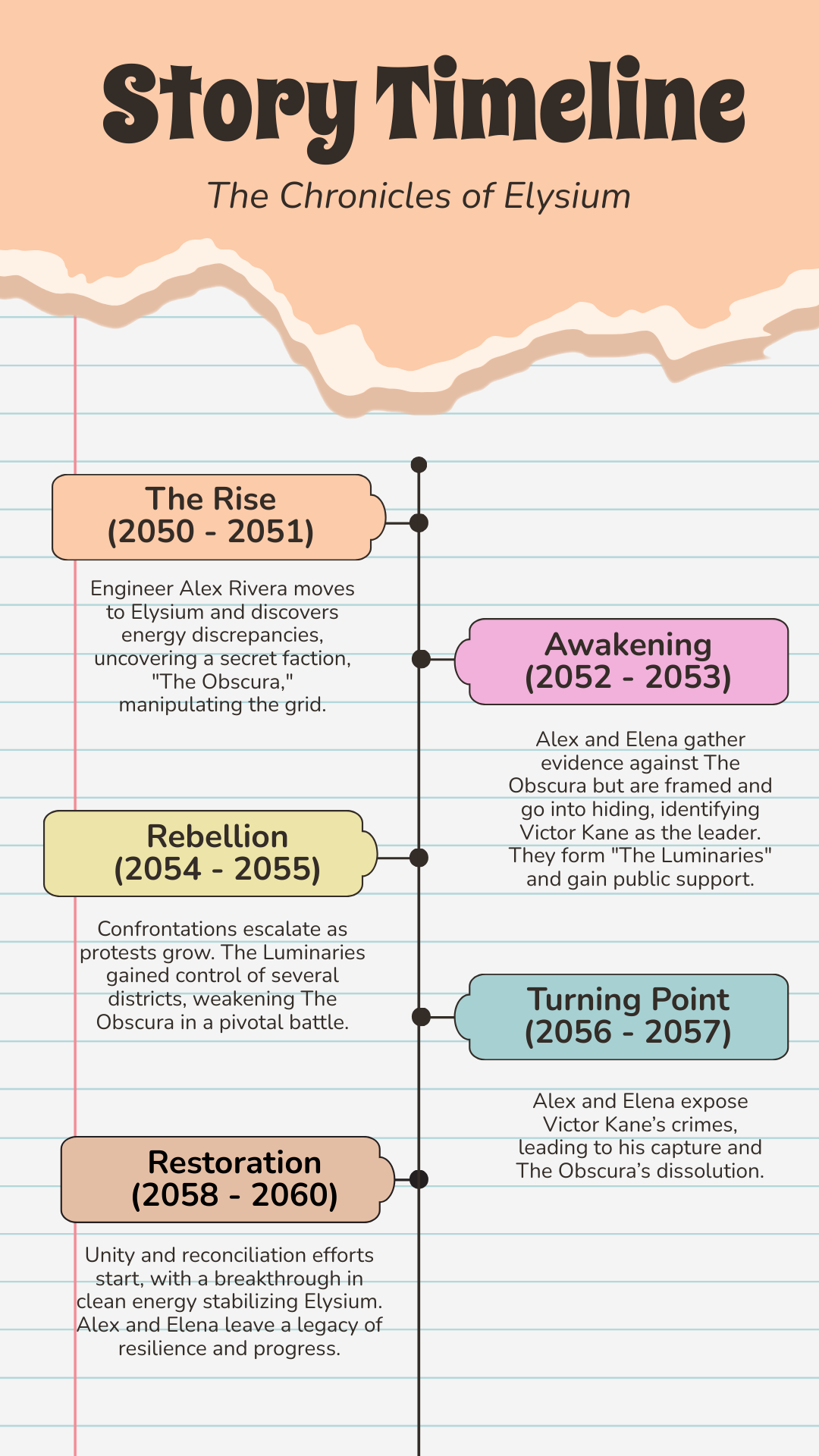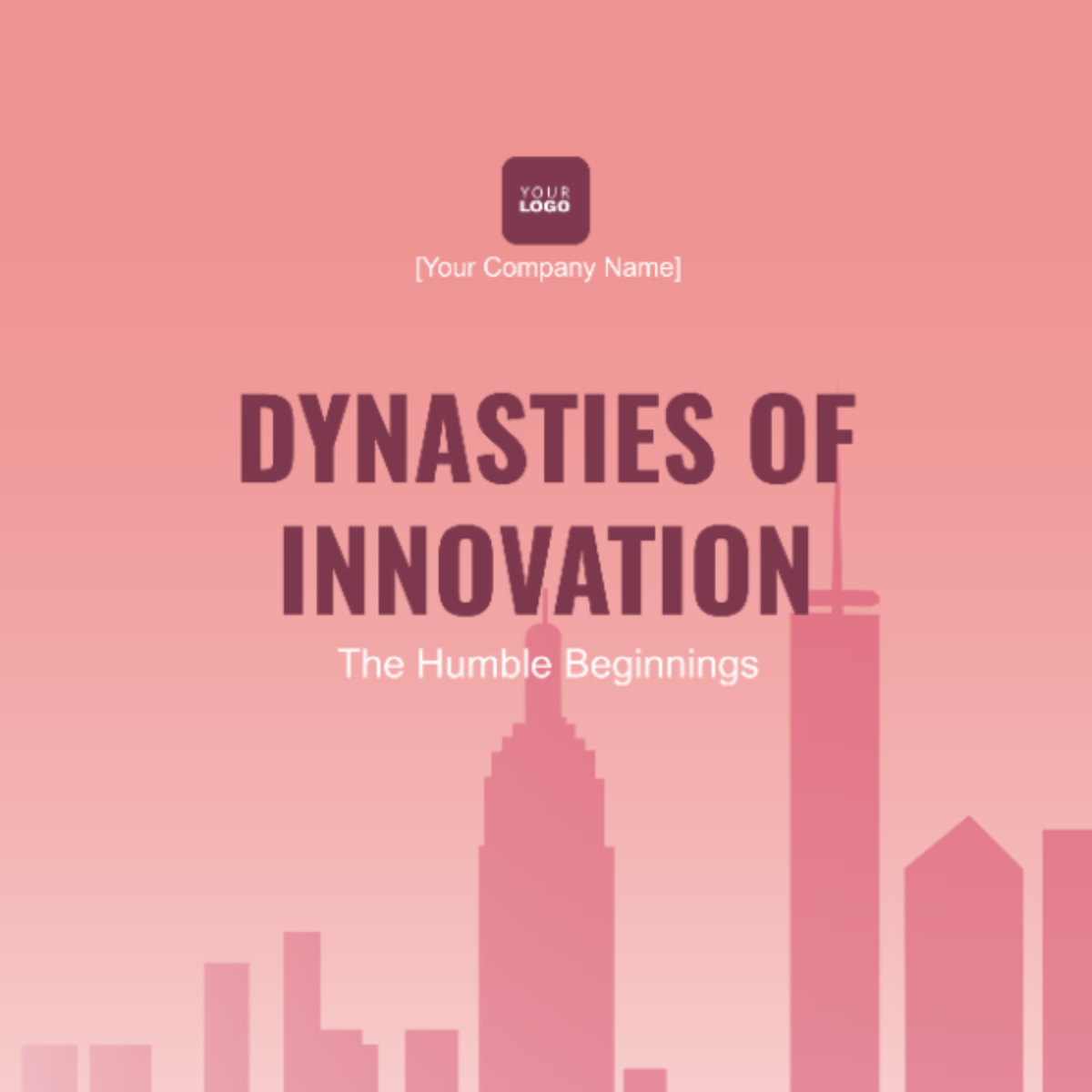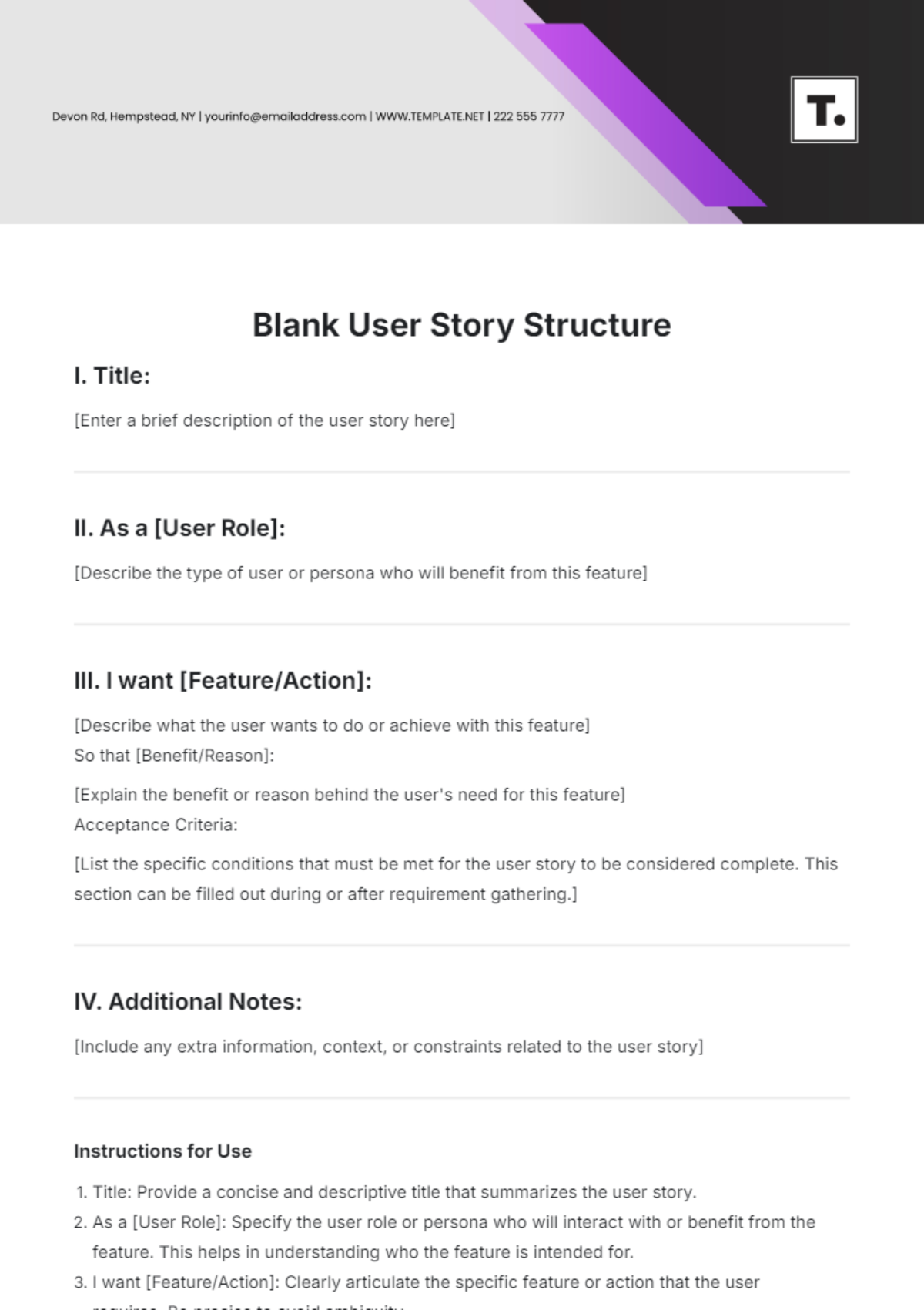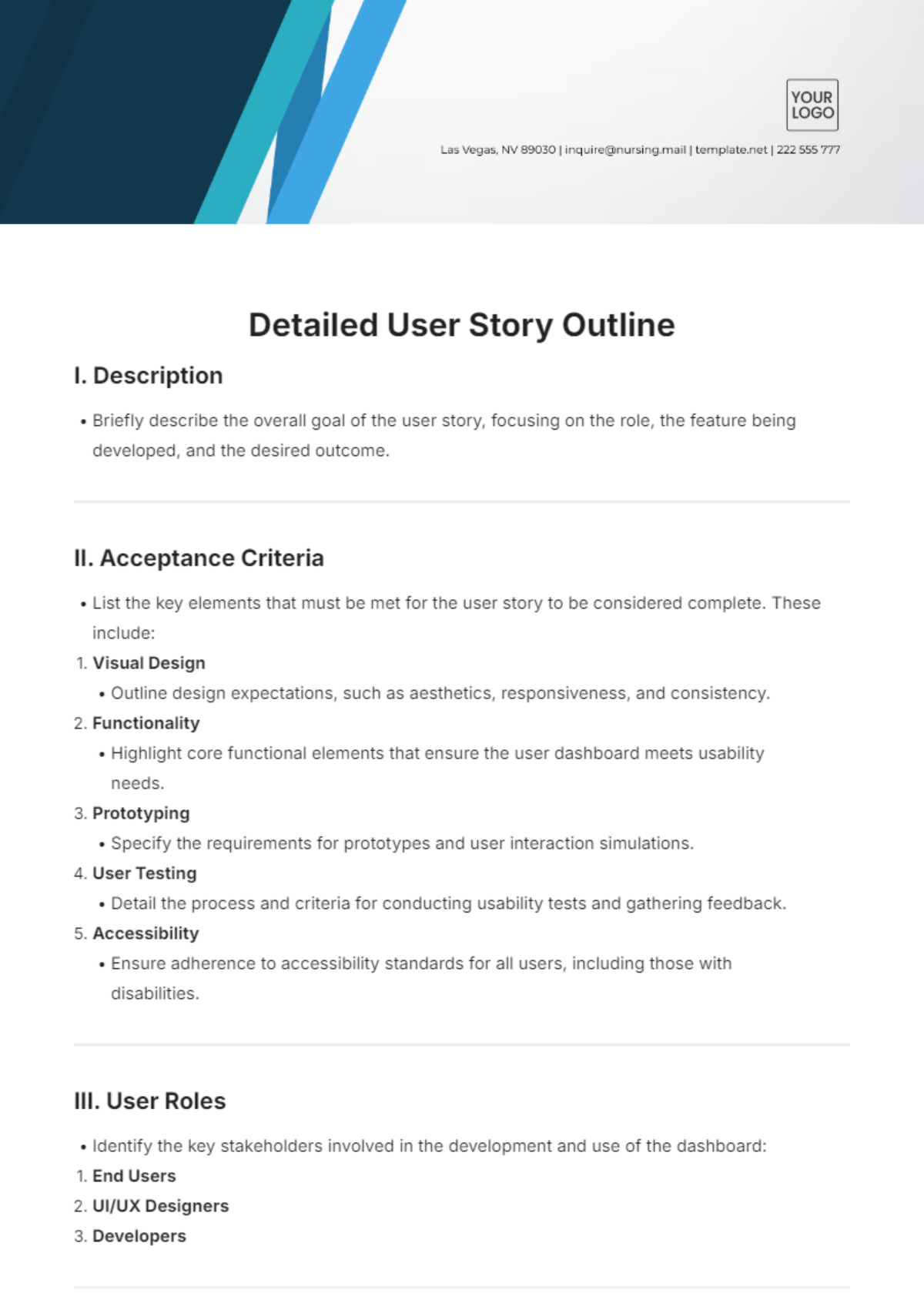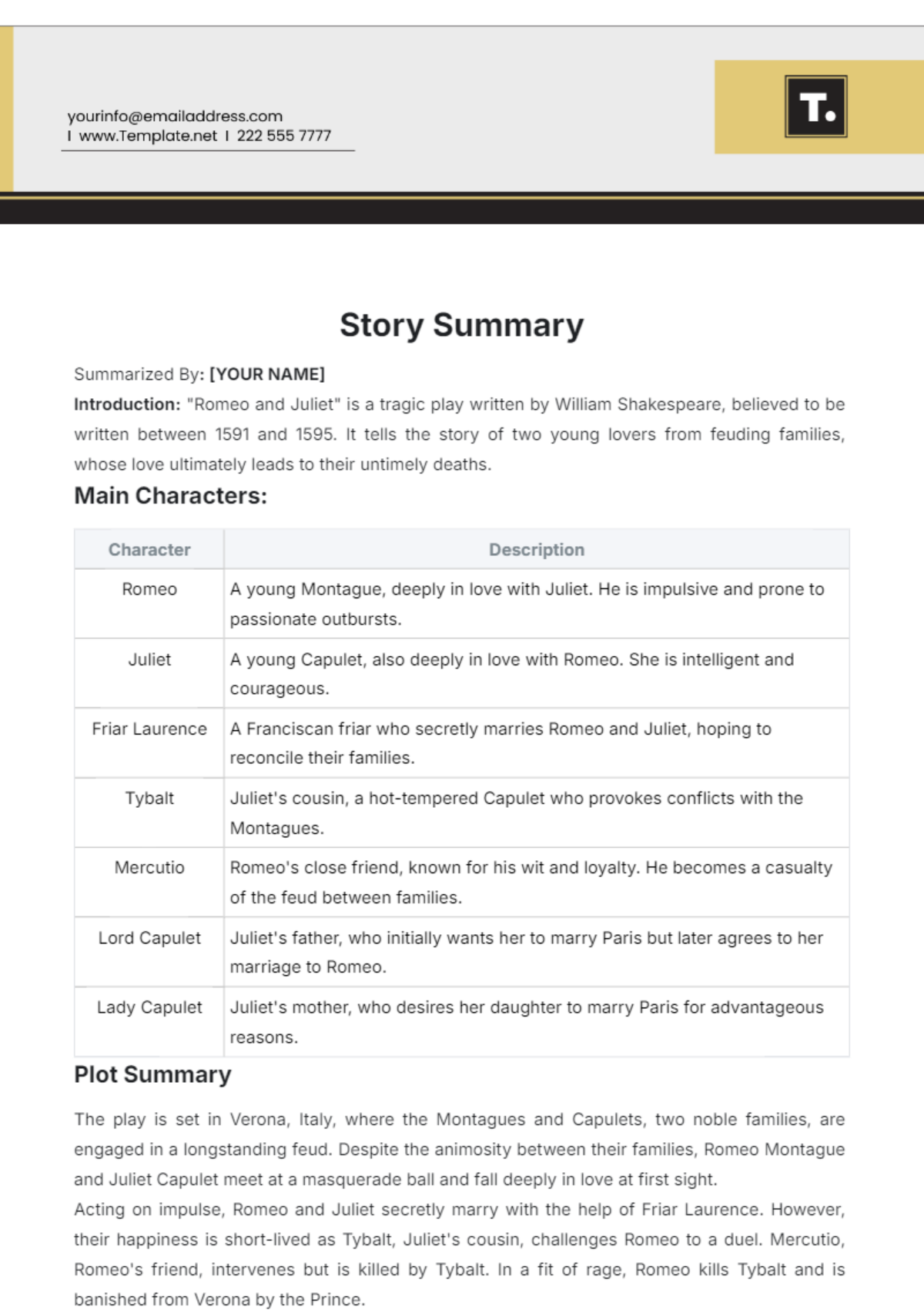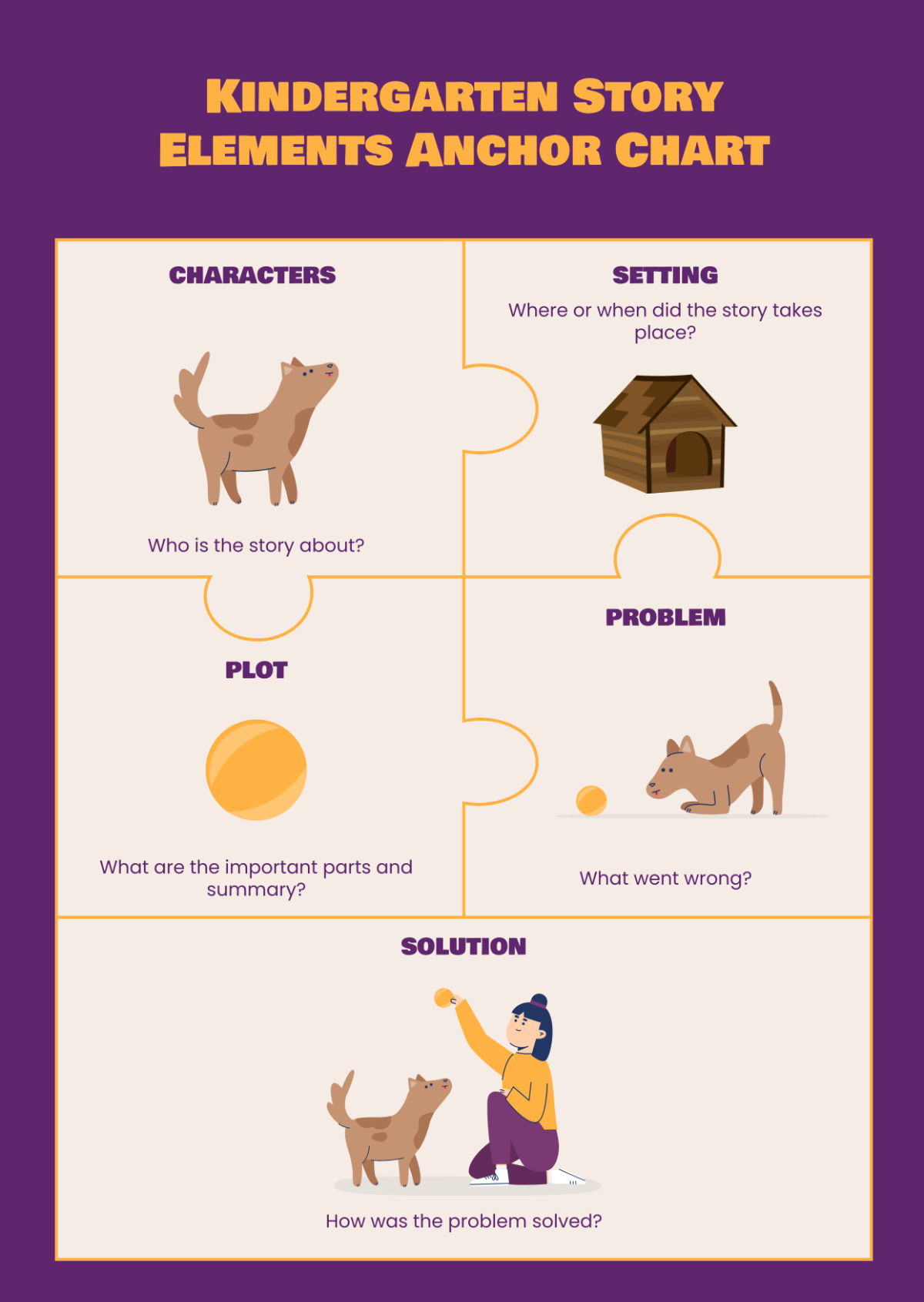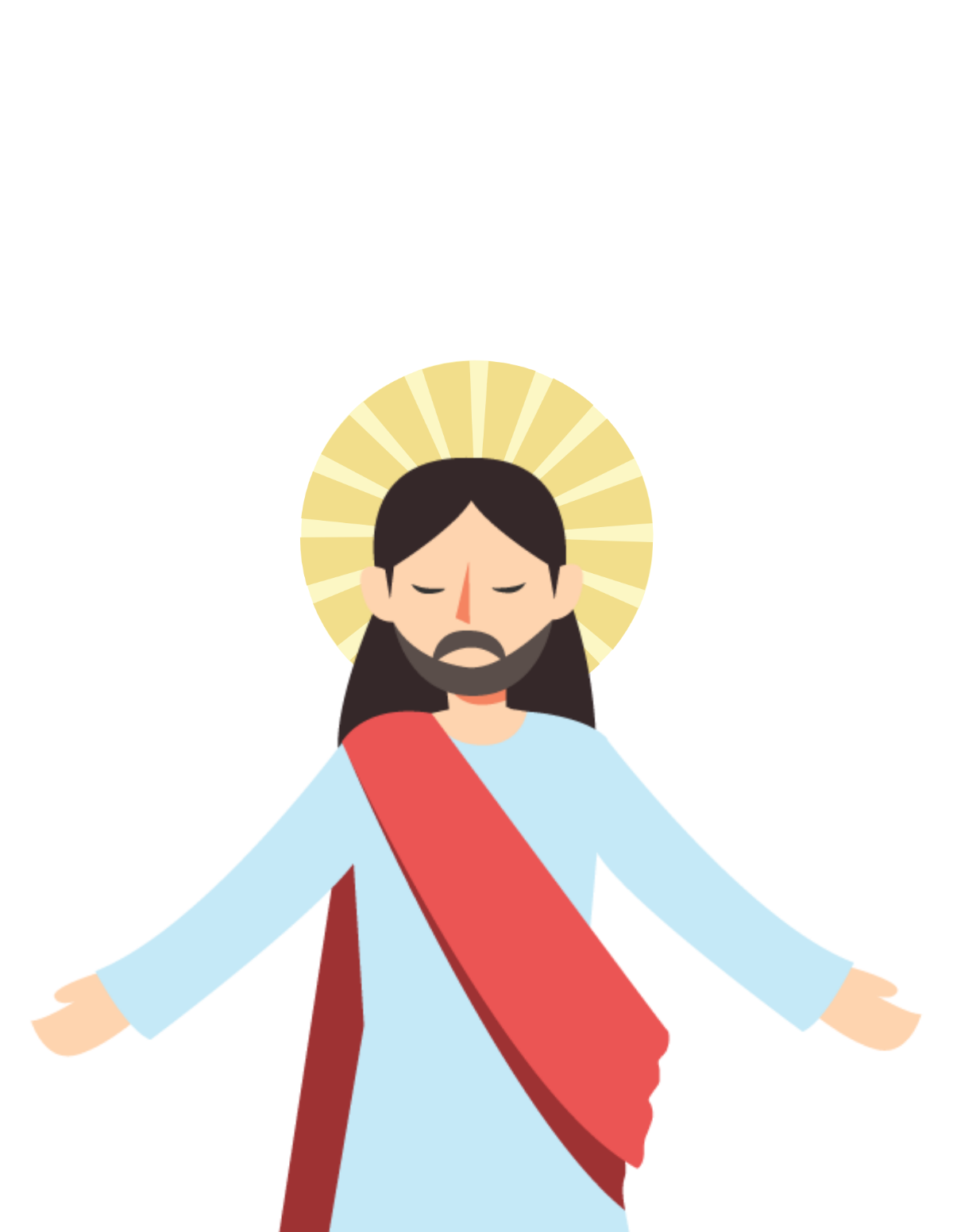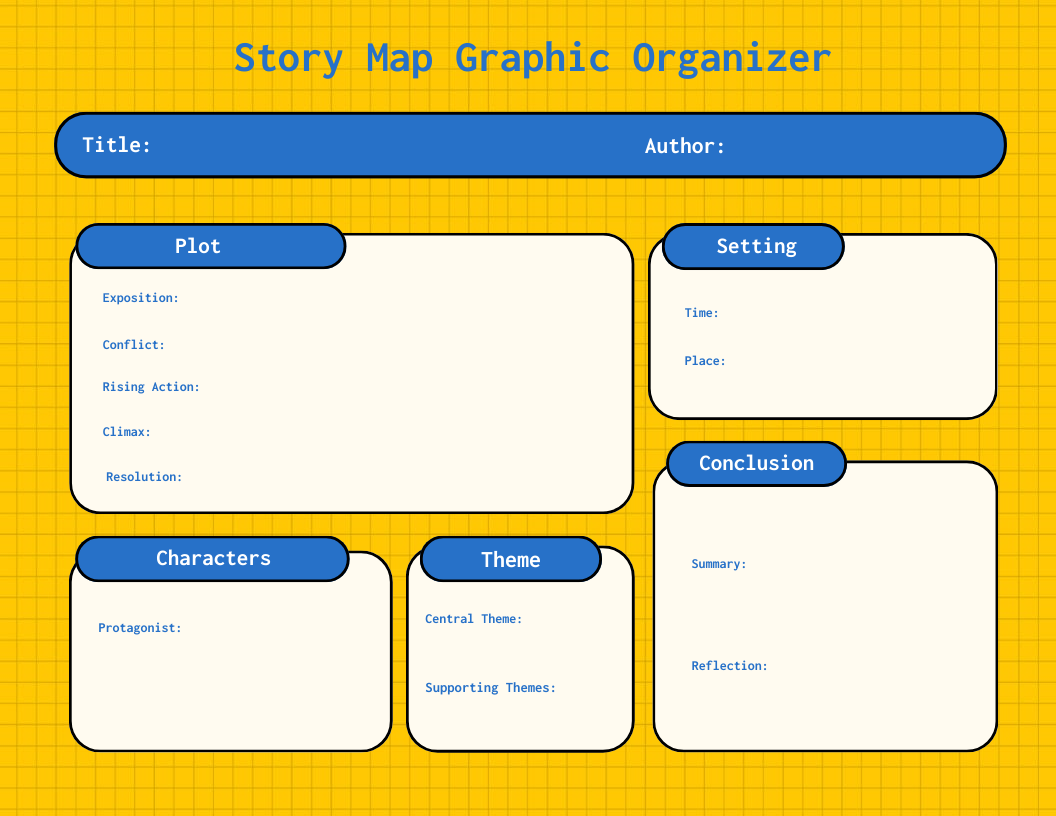ART HISTORY DISSERTATION
Abstract
This dissertation examines the evolution of modern art from the mid-19th century to the present day. It explores the major art movements, influential artists, and significant socio-cultural factors that shaped the development of modern art. Through a combination of narrative analysis and tabular data, this study aims to provide a detailed and expansive understanding of the trajectory of modern art.
Introduction
Modern art, a term often associated with innovative artistic experiments and new aesthetic paradigms, marks a departure from classical artistic traditions. This dissertation will trace the origins and progression of modern art, exploring its key movements and the broader cultural context in which it developed.
Chapter 1: The Dawn of Modern Art
1.1 Historical Context
The mid-19th century saw profound changes in society, politics, and technology, laying the groundwork for modern art. The Industrial Revolution, the rise of the middle class, and rapid urbanization influenced the cultural landscape, prompting artists to break away from traditional forms and subjects.
1.2 Key Movements and Pioneers
Movement | Key Characteristics | Notable Artists |
|---|---|---|
Realism | Depiction of contemporary life and society; rejection of romanticism | Gustave Courbet, Jean-François Millet |
Impressionism | Focus on light and color; loose brushwork; scenes of everyday life | Claude Monet, Edgar Degas |
Chapter 2: The Rise of Avant-Garde
2.1 Cubism and Futurism
At the turn of the 20th century, avant-garde movements such as Cubism and Futurism emerged. These movements sought to break free from traditional perspectives, experimenting with form, movement, and space.
2.2 Expressionism and Surrealism
Expressionism: This movement emphasized emotional experience over physical reality, often through dramatic and exaggerated styles. Key figures included Edvard Munch and Wassily Kandinsky.
Surrealism: Surrealism sought to unlock the power of the unconscious mind, often through fantastical and dream-like imagery. Prominent artists included Salvador Dalí and René Magritte.
Chapter 3: Mid-Century Modern Art
3.1 Abstract Expressionism
In the post-World War II era, Abstract Expressionism became the dominant force in the art world, particularly in the United States. This movement was characterized by an emphasis on spontaneous, automatic, or subconscious creation.
3.2 Pop Art
Contrasting with the abstract nature of previous movements, pop art emerged in the 1950s and 1960s, drawing upon popular culture and mass media. Artists like Andy Warhol and Roy Lichtenstein used imagery from advertisements, comic strips, and consumer goods to create works that blurred the boundaries between high art and popular culture.
Chapter 4: Contemporary Art and Globalization
4.1 Postmodernism
The late 20th century saw the rise of Postmodernism, which challenged the ideas of objectivity, universal truth, and the role of the artist. This era was marked by a skepticism of grand narratives and an embrace of pluralism and diversity in artistic expression.
4.2 Global Art Scene
In recent decades, the art world has become increasingly globalized. Artists from diverse cultural backgrounds have gained prominence, and international art fairs and biennials have facilitated cross-cultural exchanges. This section will explore significant trends, artists, and exhibitions that highlight the global nature of contemporary art.
Conclusion
The trajectory of modern art reflects broader societal changes and the evolving perspectives of artists. From the groundbreaking experiments of early avant-garde movements to the pluralistic and global landscape of contemporary art, the history of modern art is a testament to the enduring power of creative expression.

